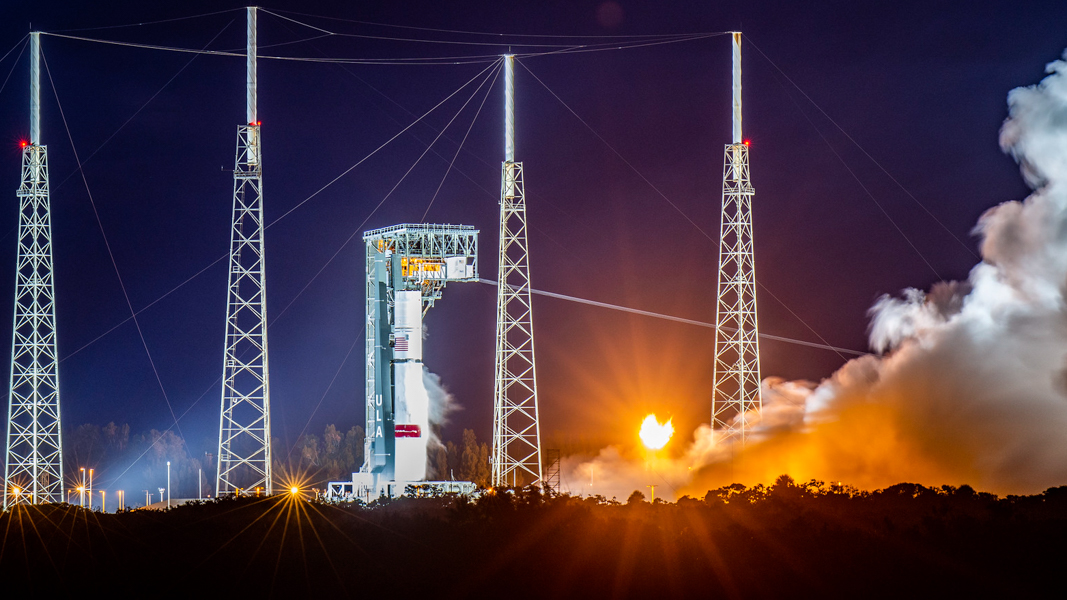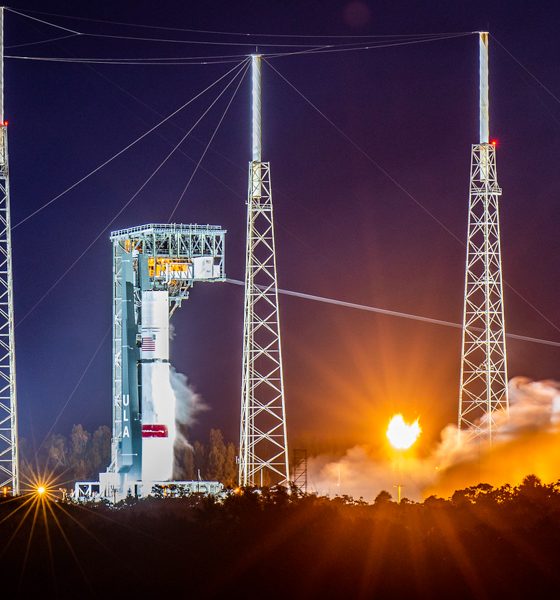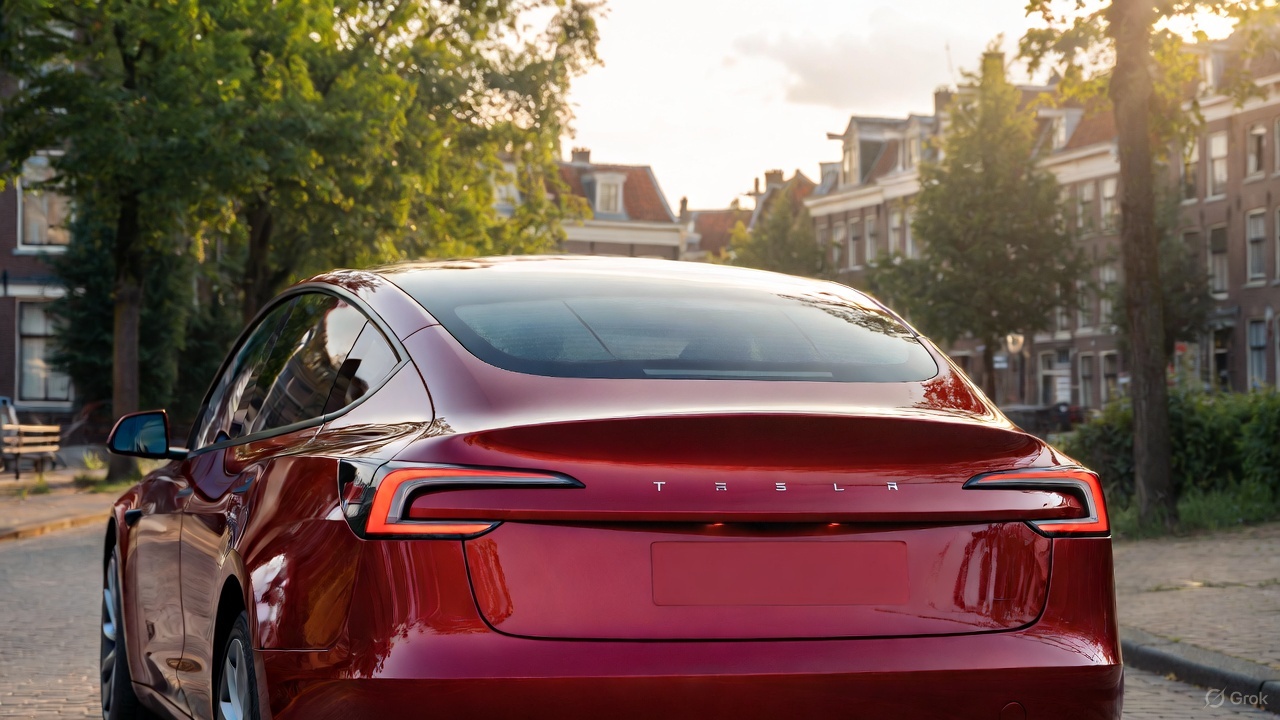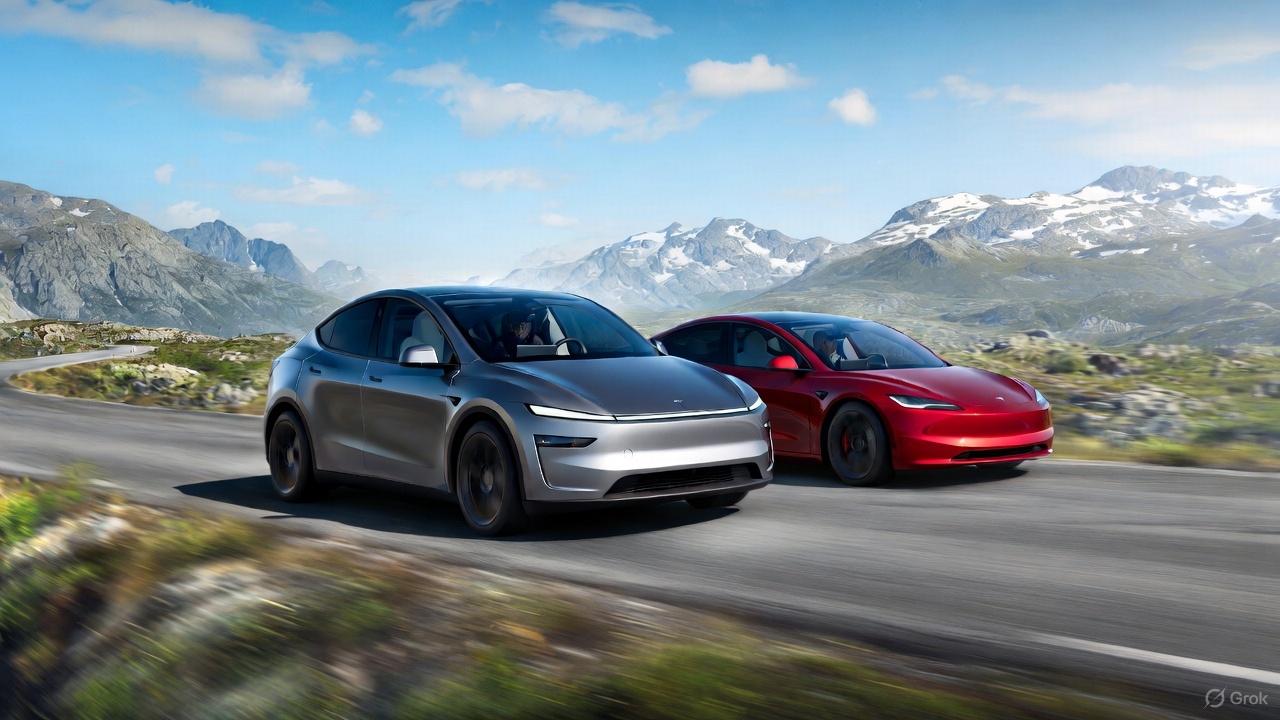

News
United Launch Alliance begins final preparations for debut launch of Vulcan
United Launch Alliance recently announced they are targeting to launch its new Vulcan rocket on Christmas Eve and are in the midst of final preparations.
The first stage of the Vulcan rocket was stacked onto the Vulcan Launch Platform on October 26th, with both GEM 63XL solid rocket side boosters installed on October 31st and November 6th.
LVOS ✅
SRBs Installed ✅
Centaur V Departure ✅Read more in our blog about the #VulcanRocket #Cert1 launch campaign getting underway! https://t.co/LvYOpeXXvm pic.twitter.com/BEF9wQ71st
— ULA (@ulalaunch) November 7, 2023
This comes as the Centaur V 2nd stage was finished with reinforcements following an anomaly on a different Cenaur V earlier in the year on a test stand. ULA loaded up the reinforced Centaur V onto its R/S Rocket Ship, which is currently making its way down the Mississippi River and will arrive at Port Canaveral in the coming days.
With the announcement of the launch date, the rocket’s first payload, Astrobotics Peregrine lunar lander was shipped down to Florida for integration onto the 2nd stage adapter and eventual encapsulation in the fairing.
Once the 2nd stage arrives back in Florida, it will be attached to the Vulcan first stage and ULA will conduct a Wet Dress Rehearsal and then move the rocket back to the Vertical Integration Facility for the payload to be attached. The rocket already completed a successful static fire earlier this year, with a short firing of the BE-4 engines at Space Launch Complex 41.
? Flight Readiness Firing ? #VulcanRocket #CountdownToVulcan pic.twitter.com/j2R7g7uBya
— ULA (@ulalaunch) June 9, 2023
The debut launch of Vulcan has been a long time coming for United Launch Alliance as they make moves to catch up to SpaceX. ULA has been working toward multiple launch attempts over the past year, but with delays from Blue Origin and their BE-4 engines, they were forced to wait and then delayed even further due to the 2nd stage anomaly.
Those delays have caused 1 payload meant for the inaugural flight to be moved from the Vulcan to the Atlas V with Amazon’s Kuiper internet constellation satellite prototypes launching last month on the Atlas V and with all of the other Atlas V rockets being claimed by other payloads and the Delta IV Heavy retiring after its next two flights, ULA needs to ensure that the rocket performs flawlessly on the Certification 1 mission and is capable of launching National Security missions safely for the U.S. Government, its primary payload provider for the time being.
With all that being said, ULA is closer than ever to launching Vulcan this year after many, including myself, didn’t expect to see it fly until early 2024.
What do you think? Will Vulcan fly this year or be delayed into 2024?
Questions or comments? Shoot me an email at rangle@teslarati.com, or Tweet me @RDAnglePhoto.

News
Tesla FSD approved for testing in Nacka, Sweden, though municipality note reveals aggravating detail
Nacka, Sweden, a municipality just a few miles from Stockholm, has given its approval for FSD tests.

Tesla has secured approval for FSD testing in an urban environment in Sweden. As per recent reports from the Tesla community, Nacka, Sweden, a municipality just a few miles from Stockholm, has given its approval for FSD tests.
A look at the municipality’s note regarding FSD’s approval, however, reveals something quite aggravating.
FSD testing approval secured
As per Tesla watcher and longtime shareholder Alexander Kristensen, Nacka is governed by the Moderate Party. The shareholder also shared the municipality’s protocol notes regarding approval for FSD’s tests.
“It is good that Nacka can be a place for test-driving self-driving cars. This is future technology that can both facilitate mobility and make transportation cheaper and more environmentally friendly,” the note read.
The update was received positively by the Tesla community on social media, as it suggests that the electric vehicle maker is making some legitimate headway in releasing FSD into the region. Sweden has been particularly challenging as well, so securing approval in Nacka is a notable milestone for the company’s efforts.
Aggravating details
A look at the notes from Nacka shows that FSD’s proposed tests still met some opposition from some officials. But while some critics might typically point to safety issues as their reasons for rejecting FSD, those who opposed the system in Nacka openly cited Tesla’s conflict with trade union IF Metall in their arguments. Fortunately, Nacka officials ultimately decided in Tesla’s favor as the company’s issues with the country’s unions are a completely different matter.
“The left-wing opposition (S, Nackalistan, MP and V) voted no to this, referring to the fact that the applicant company Tesla is involved in a labor market conflict and does not want to sign a collective agreement. We believe that this is not an acceptable reason for the municipality to use its authority to interfere in a labor law conflict.
“Signing a collective agreement is not an obligation, and the company has not committed any crime. The municipality should contribute to technological development and progress, not work against the future,” the note read.
News
Tesla Model 3 and Model Y named top car buys in Norway
Despite growing competition from European and Korean brands, both models stood out for their balance of price, performance, and everyday usability.

Norway’s annual roundup of the best car purchases featured Tesla’s two main sellers this year, with the Model 3 and Model Y securing top positions in their respective segments.
Despite growing competition from European and Korean brands, both models stood out for their balance of price, performance, and everyday usability. The verdict comes as electric vehicle adoption remained above 95% of new vehicle sales in the country.
Tesla Model 3 strengthens its value position
Among compact EVs, the Tesla Model 3 maintained its position as the best overall buy thanks to its strong blend of performance, efficiency, and updated features. Reviewers noted that every trim offered compelling value, especially with the all-electric sedan’s improved cabin ergonomics and the return of the turn-signal stalk, which was one of the few previous complaints among drivers.
The Model 3’s mix of long-range capability, low operating costs, and responsive handling has continued to set the benchmark for compact EVs in Norway. While competitors from Hyundai, Volkswagen, and Peugeot have narrowed the gap, Tesla’s price-to-capability ratio has remained difficult to beat in this segment, Motor.no reported.
“The Model 3 clearly offers the best value for money in the compact class, no matter which version you choose. Now it also gets the turn signal lever back. This eliminates one of the few flaws in a driving environment that many believe is the best on the market,” the publication wrote.
Tesla Model Y claims its crown
The Tesla Model Y emerged as Norway’s top family-car purchase this year. The latest refresh introduced improvements in ride quality, styling, and interior materials, allowing the Model Y to deliver a more premium driving experience without a substantial price increase.
Reviewers praised its spacious cabin, strong safety profile, and practical range, all of which reinforced its appeal for families needing an all-purpose electric crossover. The Model Y remains especially notable given its continued popularity in Norway even as Tesla faces declining sales in other global markets.
“The Model Y is back as the winner in the family class. The upgrade in the new year was even more extensive than expected. It is a slightly more elegant and significantly more comfortable Model Y that solidifies its position as Norway’s best car purchase in the most important class,” the Norwegian motoring publication noted.
News
Tesla Giga Berlin is still ramping production to meet Model Y demand: plant manager
Tesla Gigafactory Berlin has expanded to two full shifts, as per the facility’s plant manager, and a lot of it is due to Model Y demand.

Tesla Gigafactory Berlin has expanded to two full shifts, as per the facility’s plant manager, and a lot of it is due to Model Y demand. While registrations in some countries such as Sweden have fallen sharply this year, the company’s sales in other key territories have been rising.
Giga Berlin shifts to two shifts
Giga Berlin factory manager André Thierig told the DPA that the facility has been running two shifts since September to manage a surge in global orders. And due to the tariff dispute with the United States, vehicles that are produced at Giga Berlin are now being exported to Canada.
“We deliver to well over 30 markets and definitely see a positive trend there,” Thierig said.
Despite Giga Berlin now having two shifts, the facility’s production still needs to ramp up more. This is partly due to the addition of the Tesla Model Y Performance and Standard, which are also being produced in the Grunheide-based factory. Interestingly enough, Giga Berlin still only produces the Model Y, unlike other factories like Gigafactory Texas, the Fremont Factory, and Gigafactory Shanghai, which produce more than one type of vehicle.
Norway’s momentum
Norway, facing an imminent tax increase on cars, has seen a historic spike in Tesla purchases as buyers rush to secure deliveries before the change takes effect, as noted in a CarUp report. As per recent reports, Tesla has broken Norway’s all-time annual sales record this month, beating Volkswagen’s record that has stood since 2016.
What is rather remarkable is the fact that Tesla was able to achieve so much in Norway with one hand practically tied behind its back. This is because the company’s biggest sales draw, FSD, remains unavailable in the country. Fortunately, Tesla is currently hard at work attempting to get FSD approved for Europe, a notable milestone that should spur even more vehicle sales in the region.









